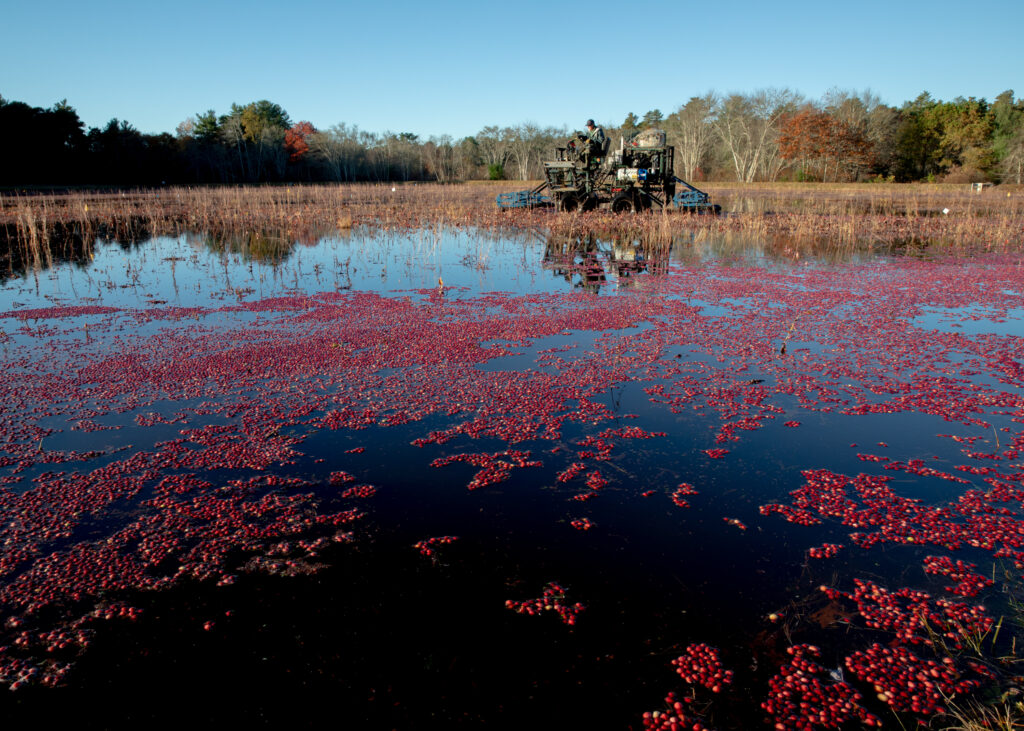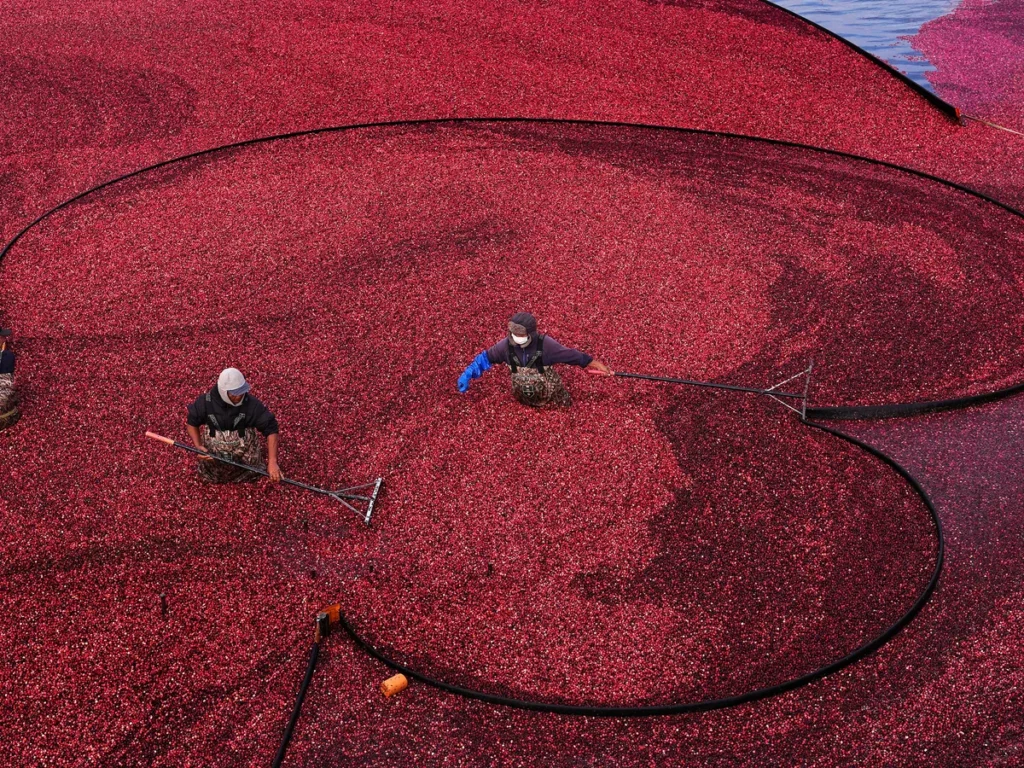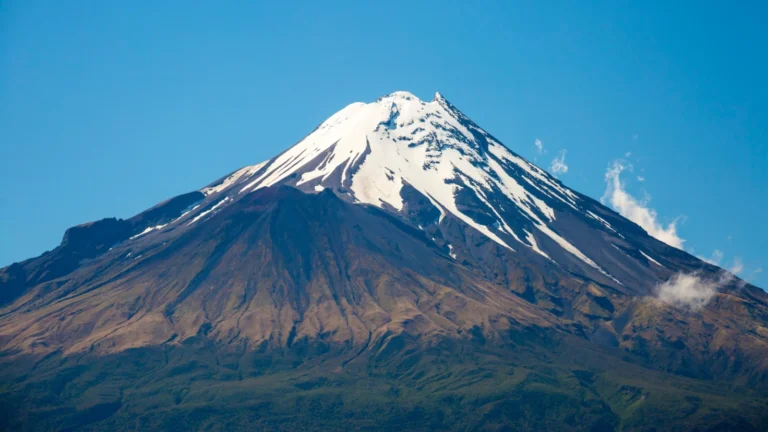
A Landscape in Transition
When most people think of Massachusetts, they imagine the historic streets of Boston, autumn foliage, or perhaps Cape Cod’s sandy shores. But tucked between these iconic places lies another signature landscape: the cranberry bog. For centuries, cranberry farming has been a staple of Massachusetts’ economy and culture, making the state one of the nation’s largest producers of the tart red berry.
Today, however, cranberry farming is facing declining markets, high maintenance costs, and environmental pressures. As more bogs fall out of production, Massachusetts has embraced an innovative solution: transforming these aging agricultural fields into vibrant, ecologically rich wetlands.

The Restoration Project: Breathing New Life into Old Bogs
In Carver and Cape Cod, a $1.1 million project funded by state and federal agencies is underway to restore abandoned cranberry bogs. Already, eight bogs have been successfully converted into wetlands, and at least twelve more are in the pipeline.

The process is meticulous:
- Removing old farming infrastructure such as dikes, drainage systems, and sand layers.
- Regrading the land to restore natural hydrology and allow water to flow naturally.
- Planting and reintroducing native wetland species, such as cattails, sedges, and water lilies.
- Monitoring wildlife return, including amphibians like wood frogs, birds of prey like hawks, and mammals such as muskrats.
The transformation isn’t just cosmetic—it’s ecological rebirth. What was once a monoculture designed for a single crop is now a self-sustaining ecosystem.
Why Wetlands Matter More Than Ever

Wetlands are often called the “kidneys of the Earth” because of the vital services they provide:
- Biodiversity Hotspots – Wetlands support hundreds of species of birds, fish, amphibians, and plants. As cranberry bogs are restored, they become sanctuaries for wildlife that had been pushed out by decades of farming.
- Water Filtration – Wetlands naturally filter pollutants, sediments, and excess nutrients from water before it flows into rivers and groundwater supplies. This reduces the need for costly water treatment, saving communities money.
- Flood Protection – Wetlands act like sponges, absorbing excess rain and stormwater. In an era of stronger storms and rising seas, restored wetlands help buffer nearby towns against flooding.
- Climate Benefits – Wetlands capture and store carbon, playing a role in fighting climate change. They also help regulate local climates by cooling the surrounding area.
More Than Nature: The Human Impact
This isn’t just an environmental success story—it’s a community success story.
- Economic Revitalization: Restored wetlands attract eco-tourism. Birdwatchers, hikers, and photographers come to explore the reborn landscapes, boosting local businesses.
- Cultural Renewal: For generations, cranberry farming shaped Massachusetts’ identity. Turning bogs into wetlands honors that legacy while evolving with the times.
- Educational Opportunities: Schools and universities now use these sites as living laboratories, teaching students about ecology, climate change, and conservation.
Local residents have already noticed how quickly wildlife has returned and how much more vibrant these landscapes feel compared to the old bogs.
A Model for the Nation
What Massachusetts is doing could serve as a blueprint for other regions. Across the U.S., thousands of acres of farmland are being abandoned due to changing markets and environmental pressures. Instead of letting those lands degrade, they could be repurposed into ecosystems that benefit people and nature alike.
This project shows that restoration isn’t about loss—it’s about opportunity. By thinking creatively, we can transform struggling agricultural land into resilient natural systems that protect communities, safeguard biodiversity, and inspire hope.
Conclusion: A Positive Vision for the Future
The story of Massachusetts’ cranberry bogs is more than a tale of ecological restoration—it’s a powerful reminder that we can heal the landscapes we once altered. With every bog transformed, Massachusetts proves that human ingenuity and care for the planet can go hand in hand.
In a world where environmental news often feels dire, these wetlands stand as a testament to resilience, renewal, and the possibility of a greener future. They remind us that with the right vision, even a fading cranberry bog can blossom into a symbol of hope, health, and harmony between people and nature.
🧩 Related Articles:
- A Decade of Dreams Realized: From Double Lung Transplant to Ten Gold Medals – An NHS Hero’s Unbreakable Spirit and the Life-Giving Power of Organ Donation Triumph at the British Transplant Games, Inspiring Hope and Awareness Across the Nation
- El Camino del Mayab: Mexico’s First Long-Distance Trail Connecting Ancient Maya Heritage with Modern Sustainability
- Pride in Our Waters: Ireland’s Beaches Earn Top Marks for Cleanliness
- Leon County Humane Society




Lovart AI Design Agent is revolutionizing how designers work-especially with its smart blending of AI and tools like Figma. Exciting to see pixel art get a modern twist.